My Favorite Perennial Plants to Grow in Zone 5b
I adore perennial plants! They are a great investment for any garden, as they return year after year. As a resident of Zone 5b in the United States, I have had the pleasure of growing a variety of perennials that are well-suited to this hardiness zone. I will share my favorite perennial plants to grow in Zone 5b in this post.
Living in Illinois, I have learned that the key to successful gardening in Zone 5b is to choose plants that can withstand the harsh winters and hot summers. Perennial plants are a great option because they are hardy and can survive these extreme weather conditions. With so many options, deciding which perennials to grow can be overwhelming.
I have compiled a list of my top picks for Zone 5b based on my experience growing them in my garden.
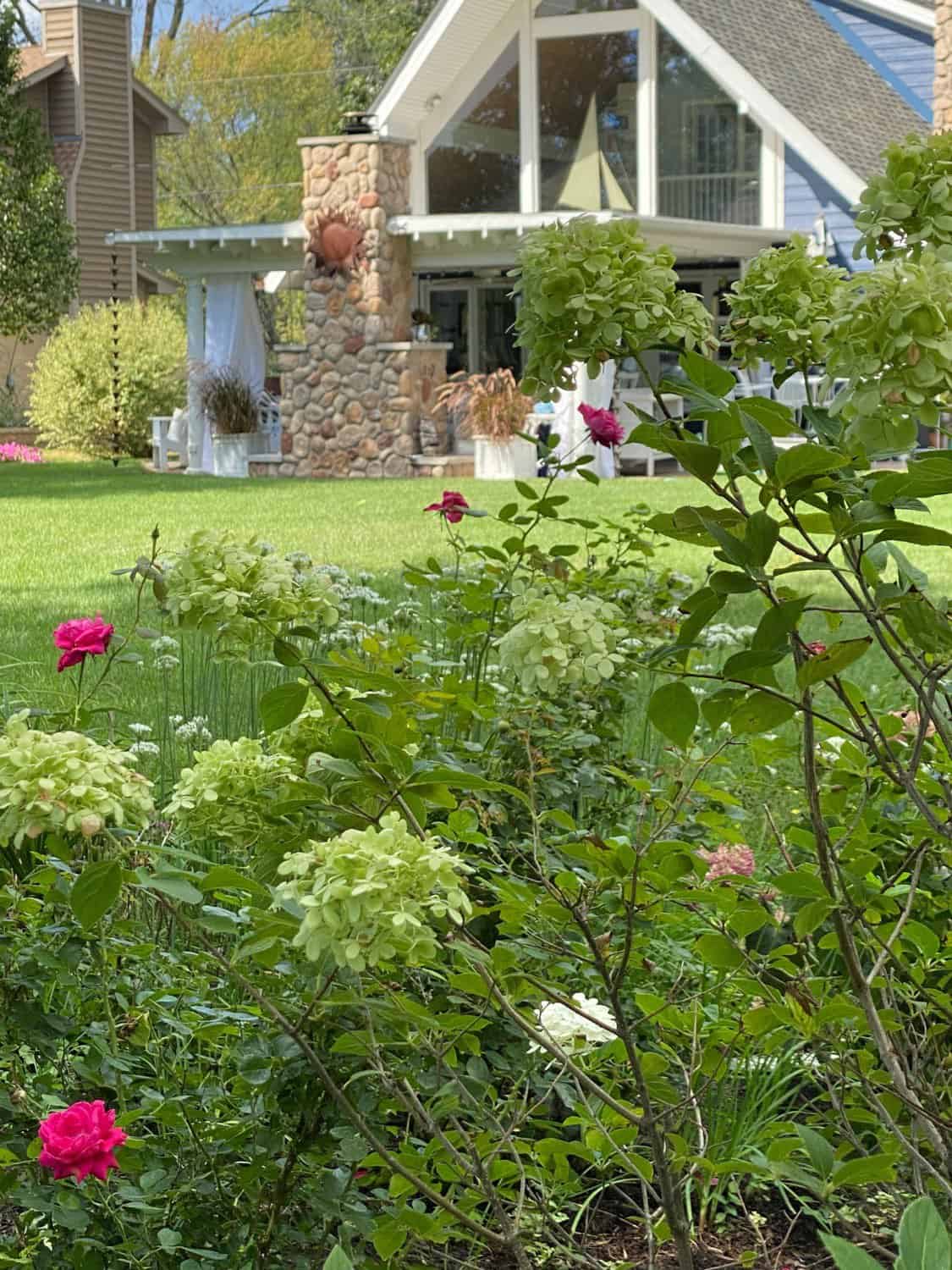
On my blog Living Large in A Small House, I may sometimes use affiliate links, which means a small commission is earned if you make a purchase via the link. The price will be the same whether you use the affiliate link or go directly to the vendor’s website using a non-affiliate link. You can find my full Disclosure Policy HERE
Selecting the Right Perennials for Zone 5b
As a gardener in Zone 5b, I understand the importance of selecting the best perennials for my gardens. Here are some factors to consider when choosing the best plants.
Understanding Hardiness Zones
It’s important to choose plants that are hardy in your specific zone. Zone 5b has a minimum temperature range of -15°F to -10°F, so it’s important to choose plants that can tolerate these temperatures.
Some of the best plants for Zone 5b include Black-eyed Susan, Coneflower, and Daylilies.
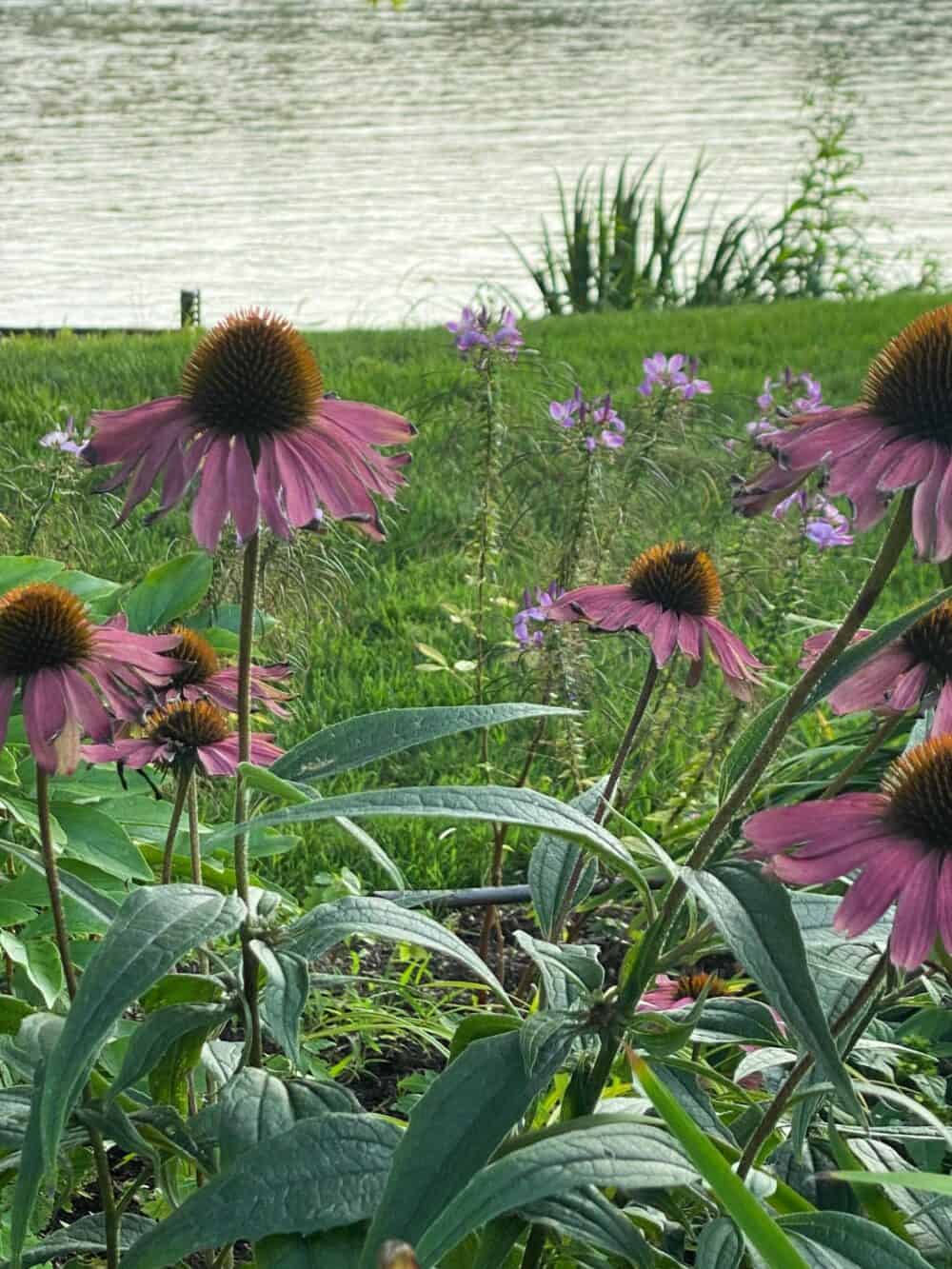
Considering Soil Types
Soil type is also an important factor to consider when selecting perennials for your garden. Well-drained soil is ideal for most plants, but some plants prefer moist soil. Sandy soil drains quickly and is ideal for plants that prefer dry soil, while clay soils retain moisture and are ideal for plants that prefer rich soil. Loam soils are a mix of sand, clay, and silt and are ideal for most plants.
Assessing Sunlight and Shade Requirements
Assessing the sunlight and shade your garden receives is also important when selecting perennials. Full-sun plants require at least 6 hours of direct sunlight per day, while partial-shade plants prefer 3-6 hours. Good drainage is also important for most plants, so choose plants that can tolerate your soil type and drainage conditions.
Considering these factors, you can choose the best perennials for your Zone 5b garden. Happy planting!


One of my favorite perennial flower is the peony and the deer hate it. That being said it only flowers in the spring.

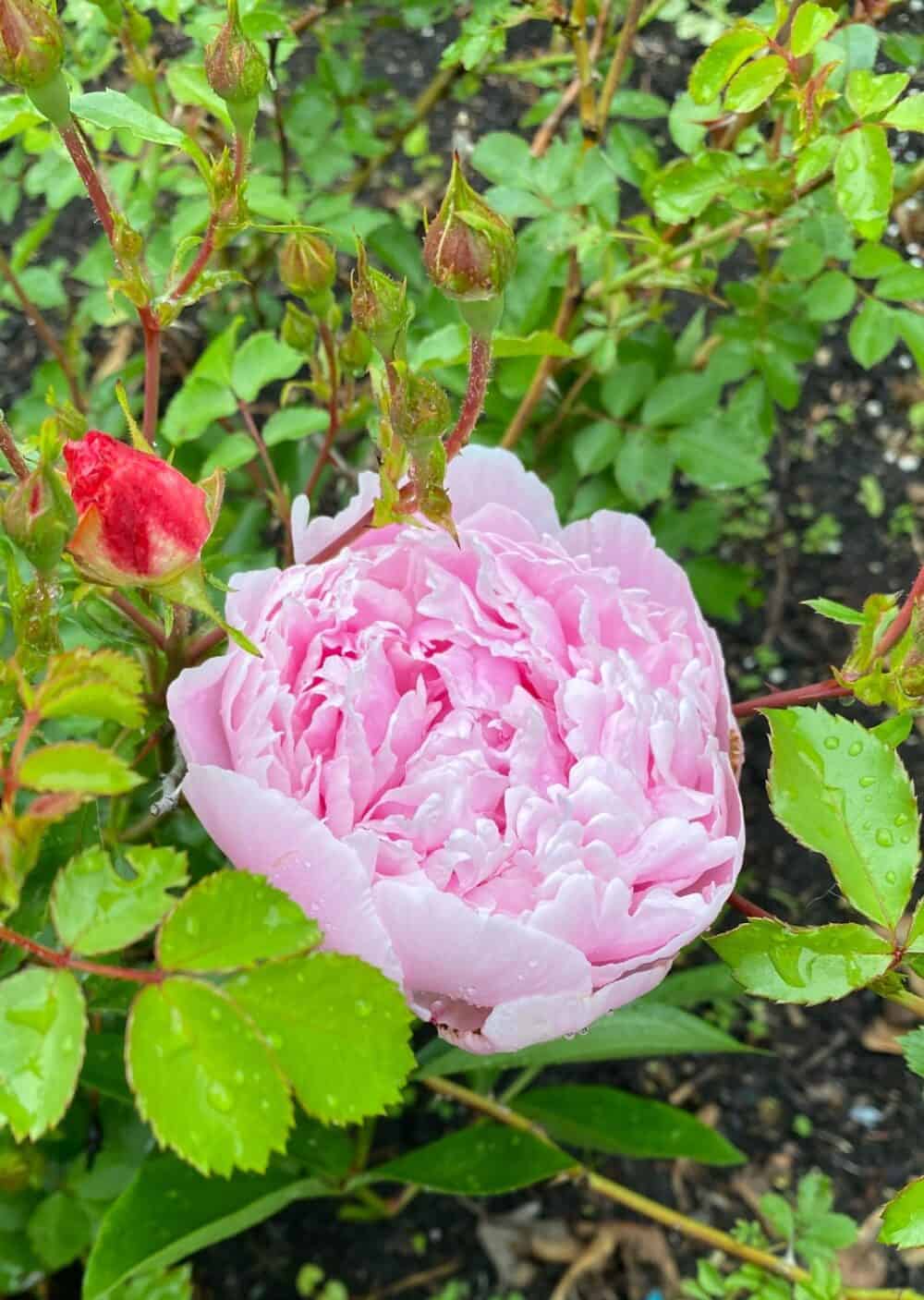


Top Perennial Picks for Your Garden
As a Zone 5b gardener, I am always looking for hardy and reliable perennial plants that can withstand the region’s cold winters and hot summers. Here are my top picks for perennials that will thrive in your garden:
Flowering Favorites – Sun
Here are my favorite sun perennials, listed by color.
Pink/Red/Purple


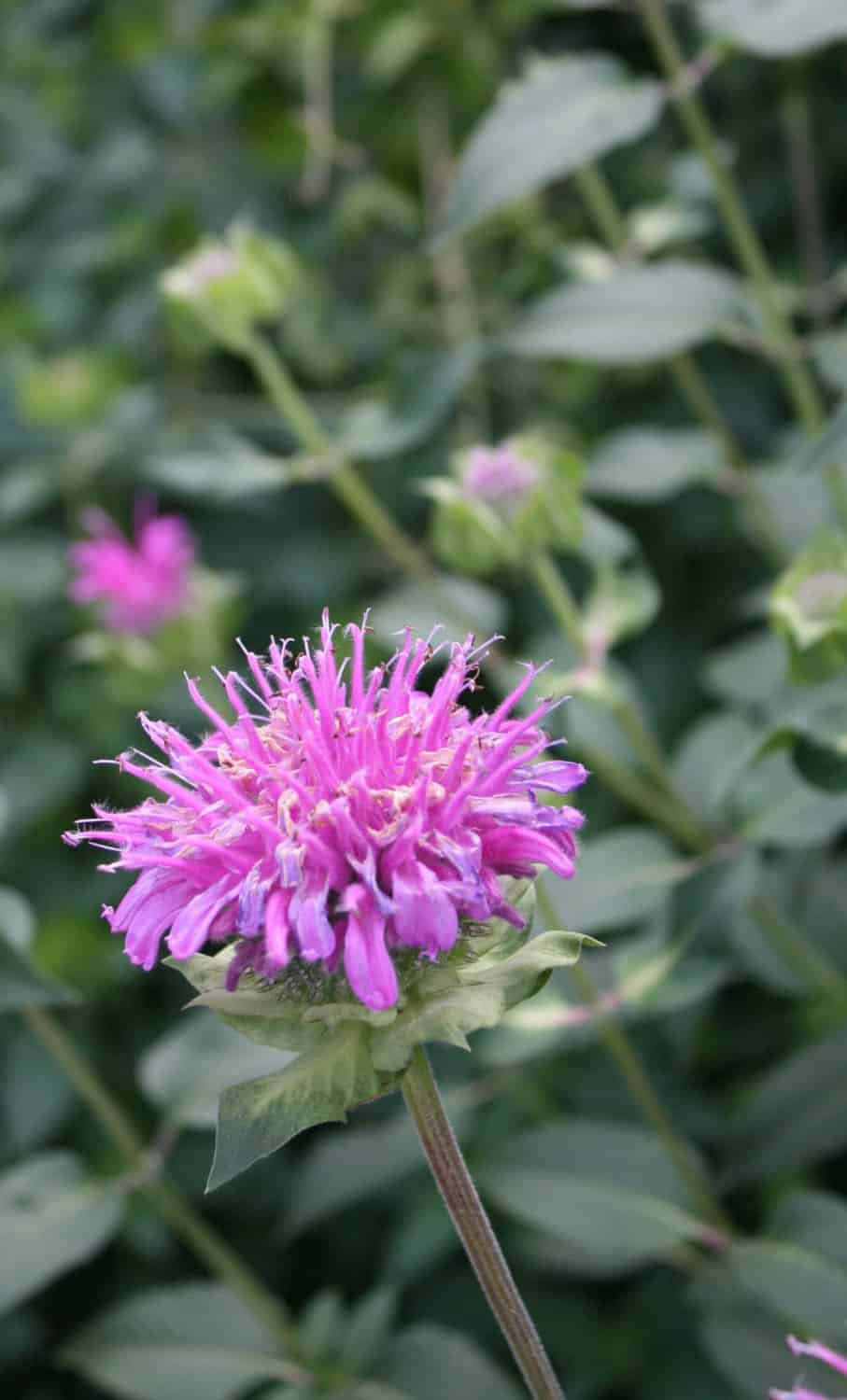
- Pink Coneflowers (I also have white and purple coneflowers in my garden
- Phlox *
- Bee Balm
- Shrub Roses *
- Peony (spring flowering)
- Foxglove (bi-annual)
- Daylilies (they come in a range of colors) *
- Strawberry Sundae Hydrangeas
White

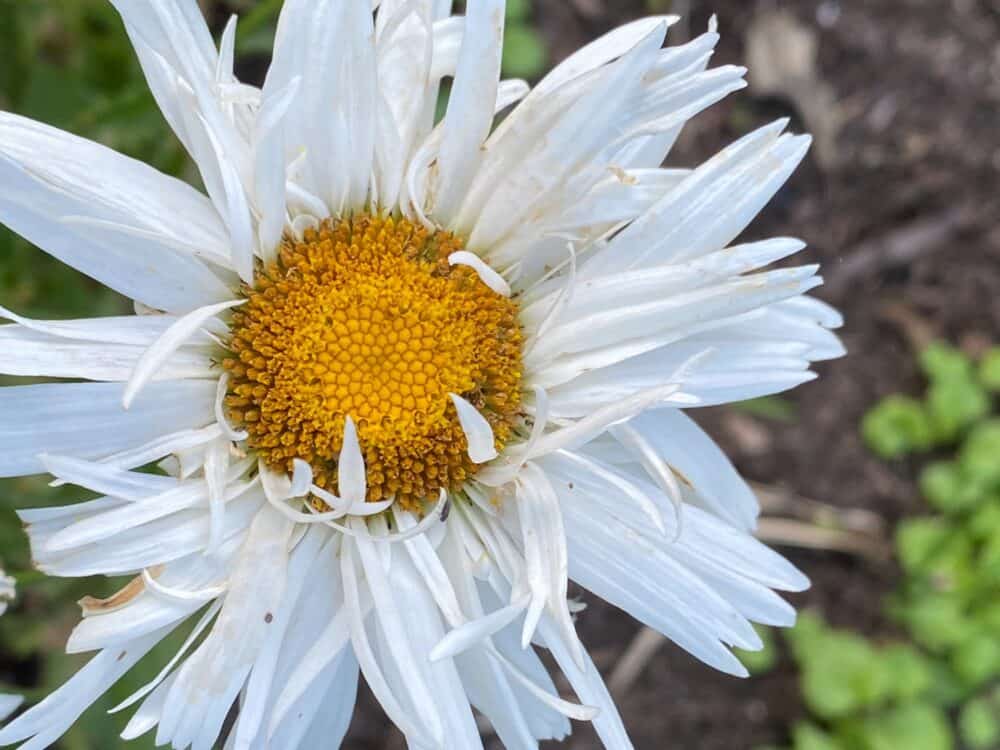

- Shasta Daisies
- Limelight Hydrangeas
- Clematis
Blue/Purple


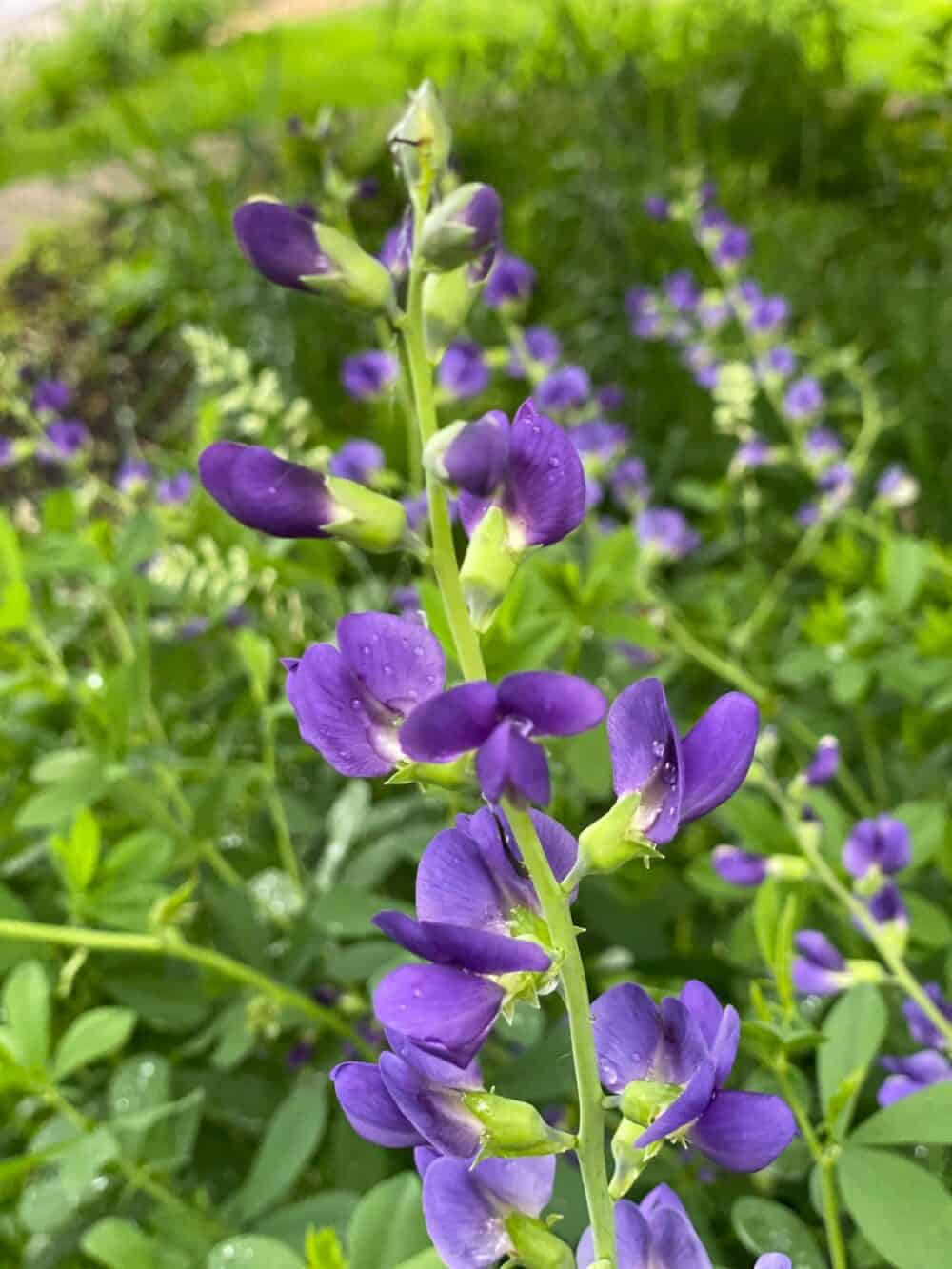
- False Indigo
- Delphiniums
- Lavender
- Iris (spring flowering)
- Baptista
- Bell Flowers – Campanula
Yellow



- Stella O’Doro Daylilies *
- Coreopsis
- Black-Eyed Susan
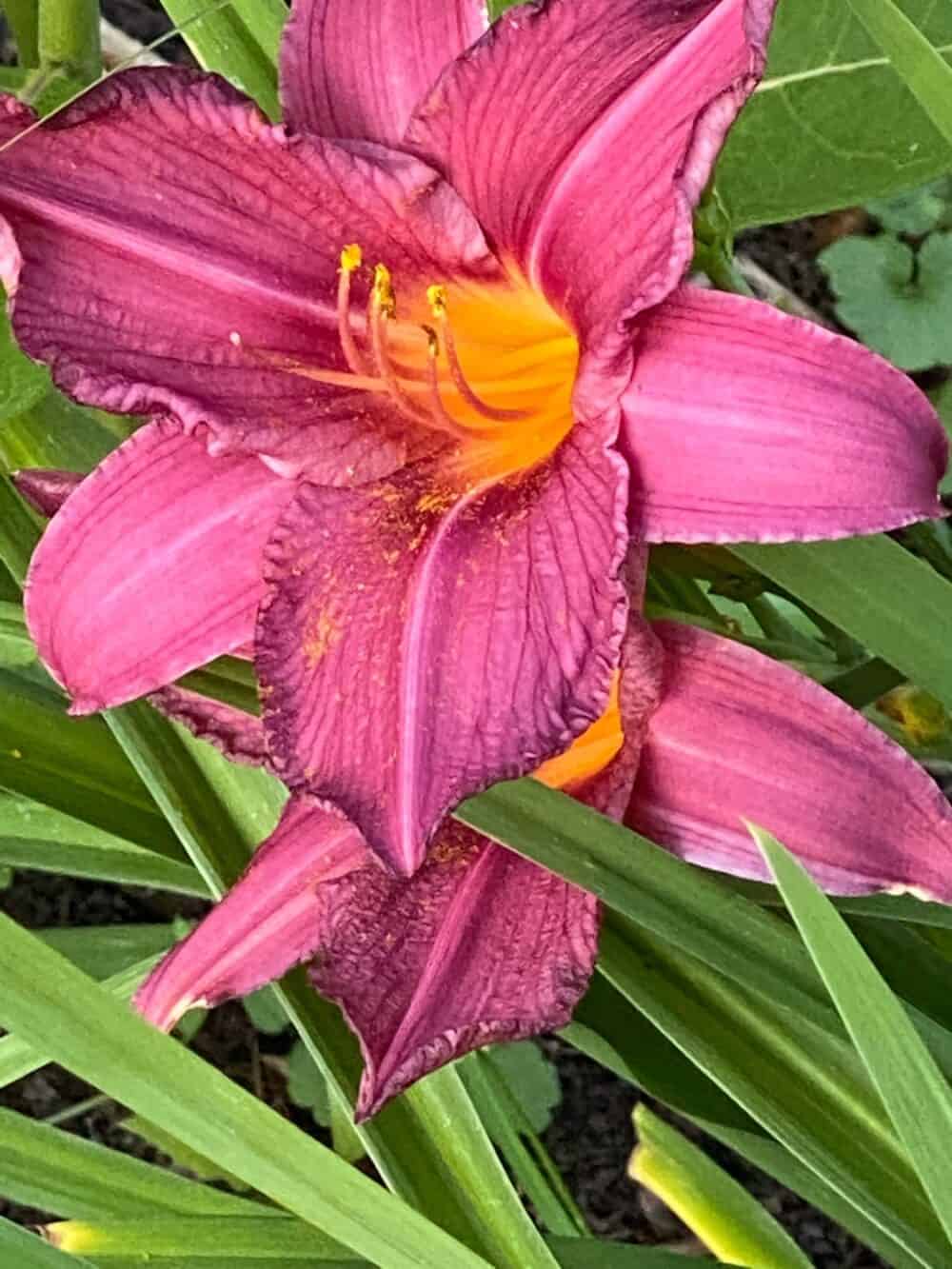
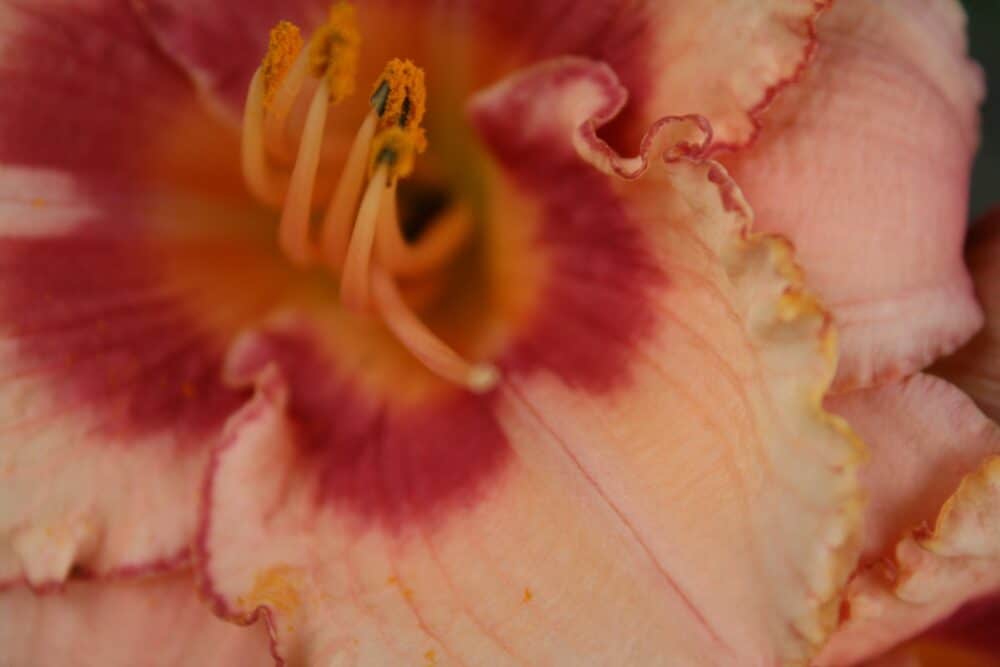
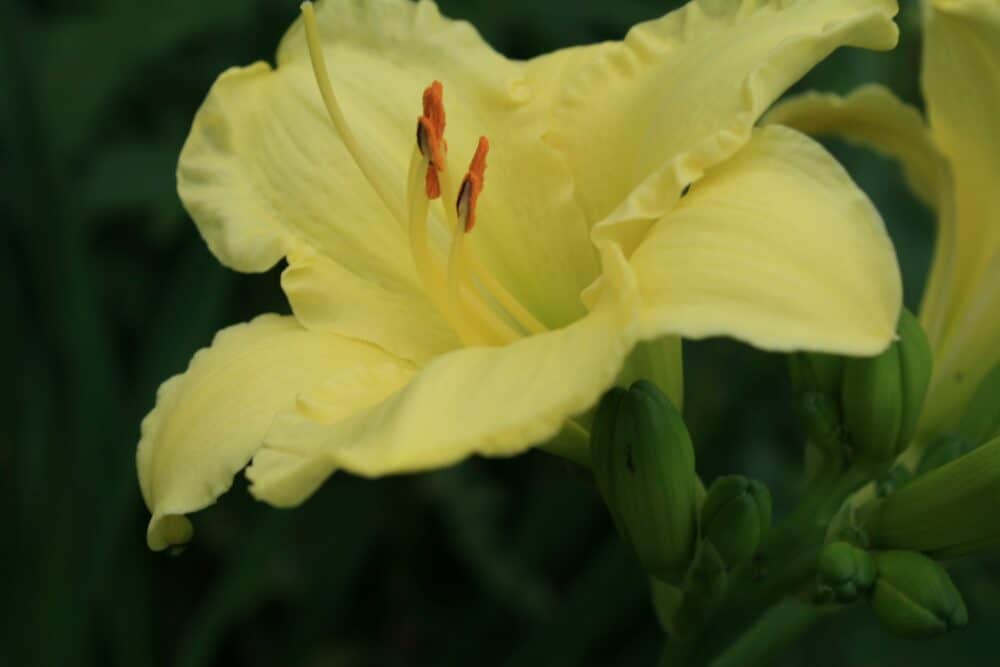
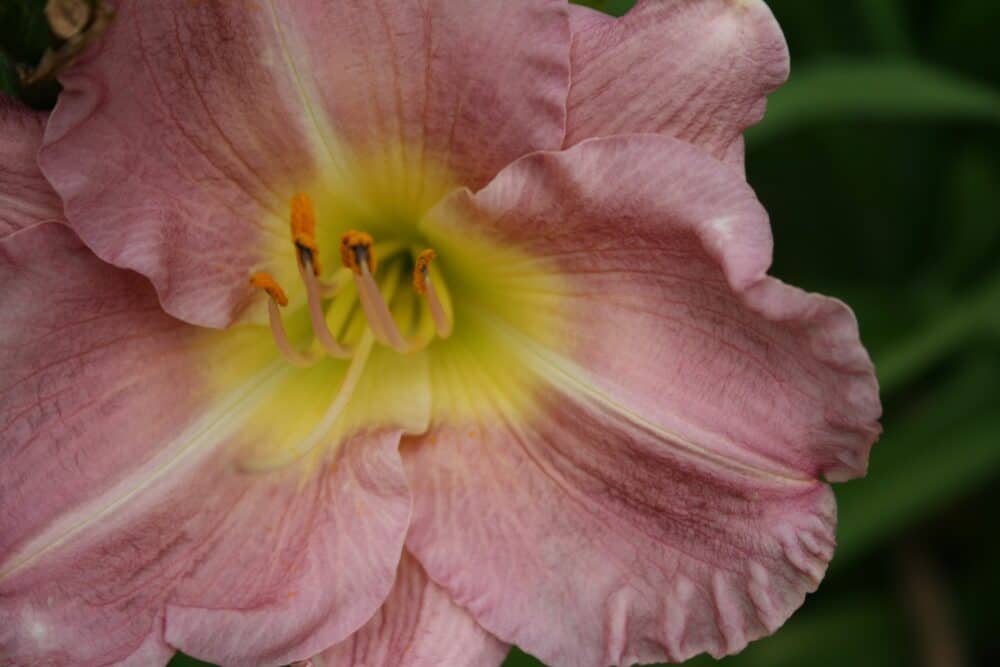
Shade Perennials
My shade area doesn’t have the best soil but it’s getting better as I amend new mushroom compost into the soil each year. I also mulch that area, and it’s also helping.
It’s hard to find many flowers that do well in almost full shade, so I add a lot of foliage and textures along with these flowers.

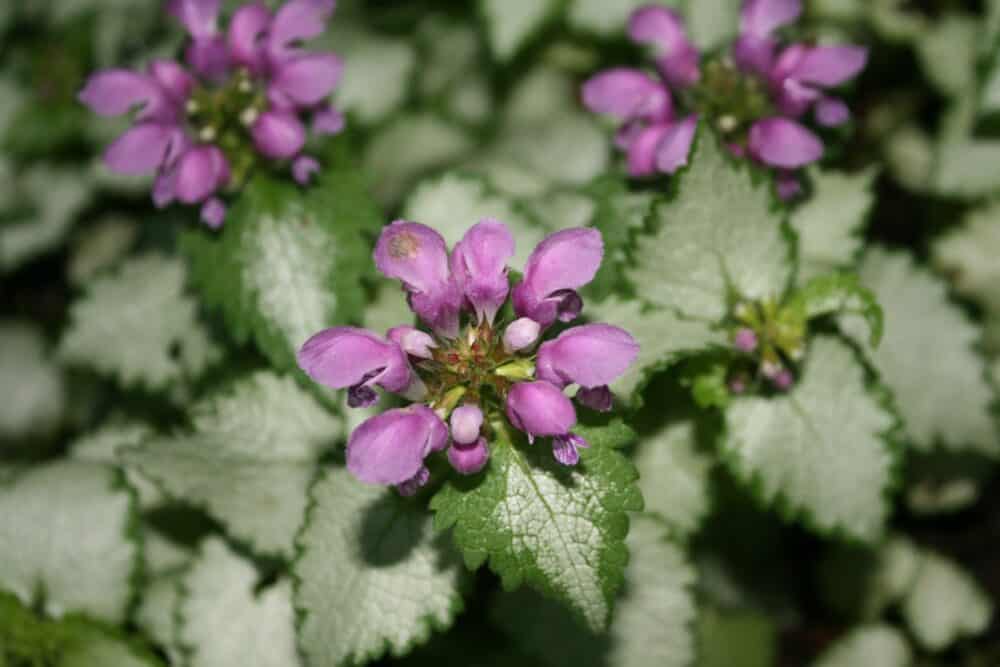
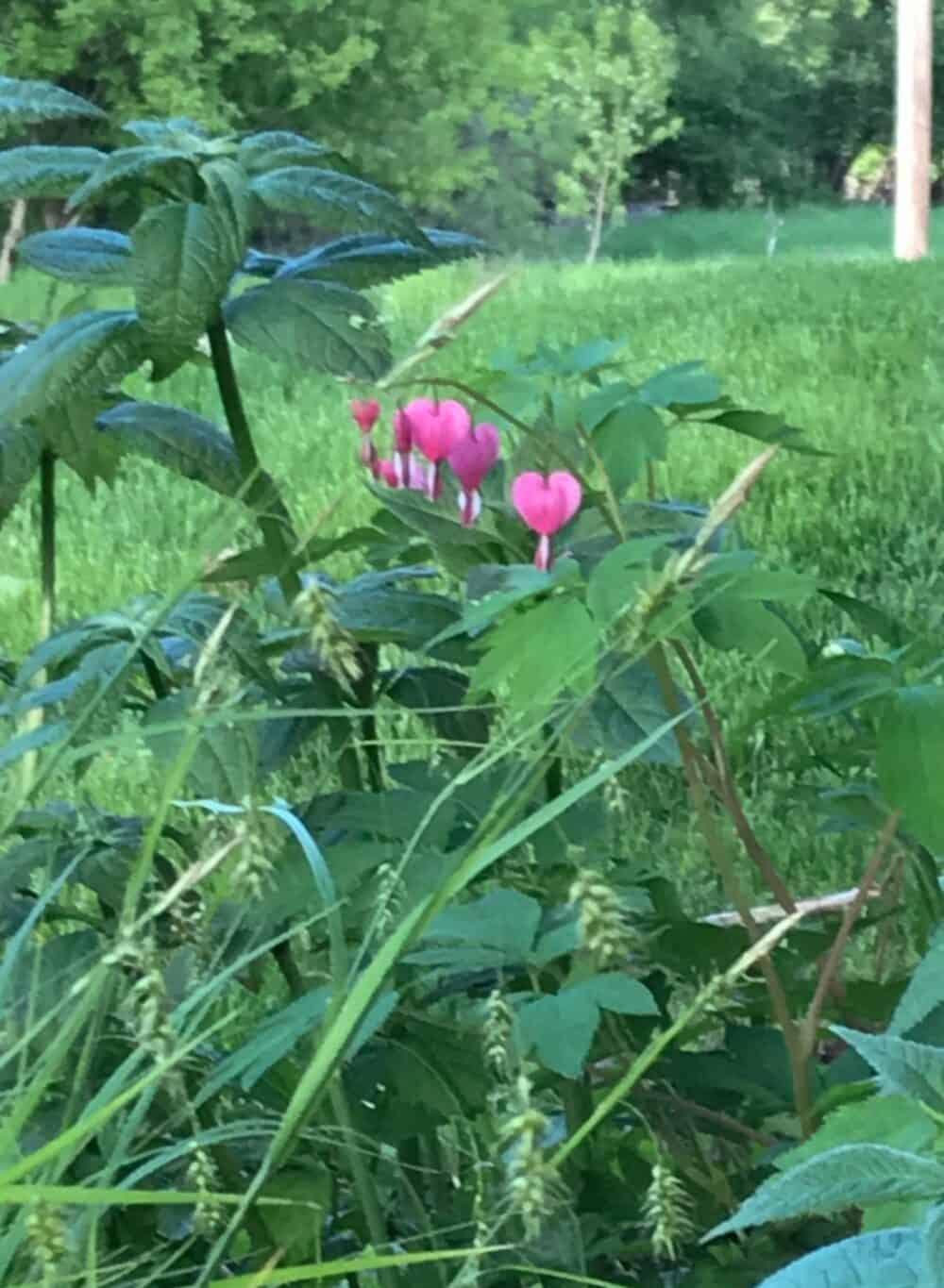
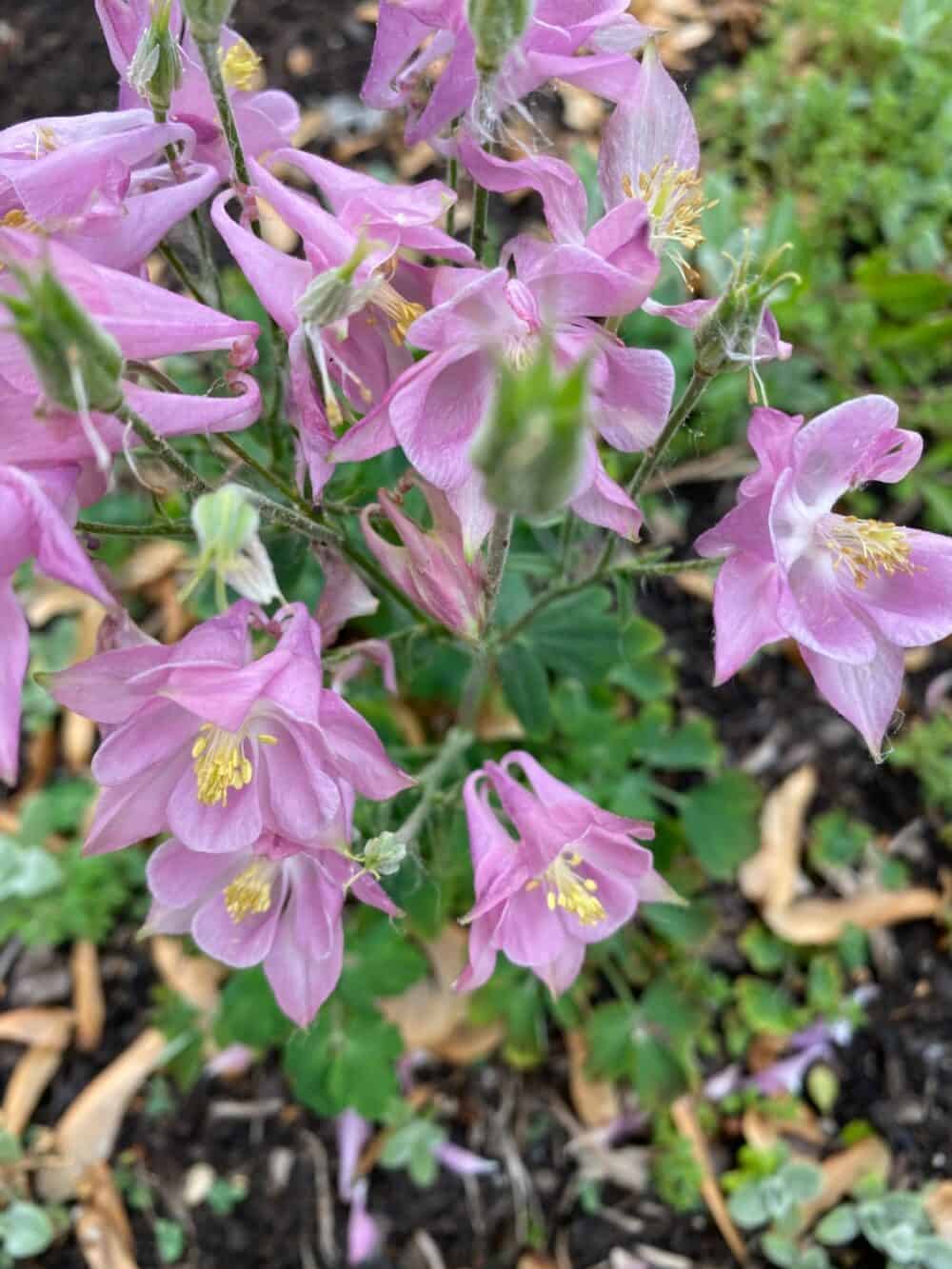
Pink/Red
- Bleeding Heart (spring)
- Hellebores
- Astilbe
- Sedum
Blue/Purple
- Wild Geranium
- Plumineria
- Coral Bells
- Lamium
- Colombine
Yellow/Orange
- Daylilies
White
- White Veronica
- Lily of the Valley
- Astilbe
Many of the flowers that I plant attract butterflies and hummingbirds. They are also perfect plants for a cottage garden look, which is my ultimate goal.
The plants that have a (*) next to them are loved by my deer. They will need extra attention. I’ve outlined my plan this year for more deer deterrent planting further down in the post.
Things I Use In My Gardens
Foliage and Texture
Regarding foliage and texture, Hostas* are a classic choice for shade gardens. They come in various colors and sizes and are easy to care for. Sedum is a great choice for sunnier spots but it also does just fine in shady areas of my garden. It has succulent leaves and produces clusters of flowers in late summer.

Ferns and hellebores are also great options for adding texture to your garden. Ferns come in various shapes and sizes and are perfect for shady areas, while hellebores bloom in early spring and have evergreen leaves that look great year-round.
Another staple plant in my garden is grasses. They offer height and visual interest to the flower beds. My favorite grass varieties are Quaking Grass, Fountain Grass, and Maiden Grass. I don’t cut my grasses down until spring as they look great in the winter.
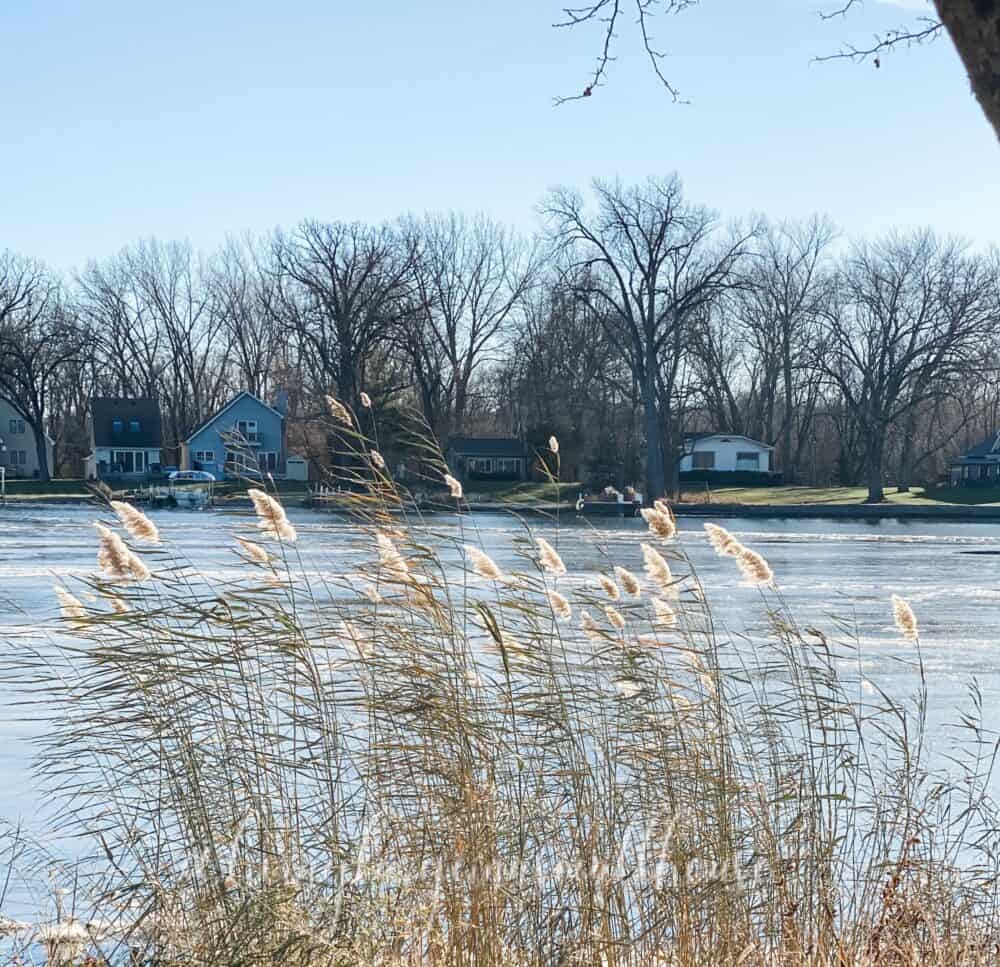
Herbs and Edibles
Herbs are a great choice if you are looking for beautiful and useful plants. Lavender flowers look and smell great and can also be used in cooking and for making essential oils. Perennial geranium is another herb that is easy to grow and produces fragrant leaves that can be used for tea or salads.
Finally, consider planting perennial edibles like asparagus or rhubarb if you have a vegetable garden. These plants will come back year after year and provide you with fresh produce without the need for replanting.
These perennial plants are some of my favorites for Zone 5b gardens. They are hardy and reliable and add beauty and interest to any garden space.
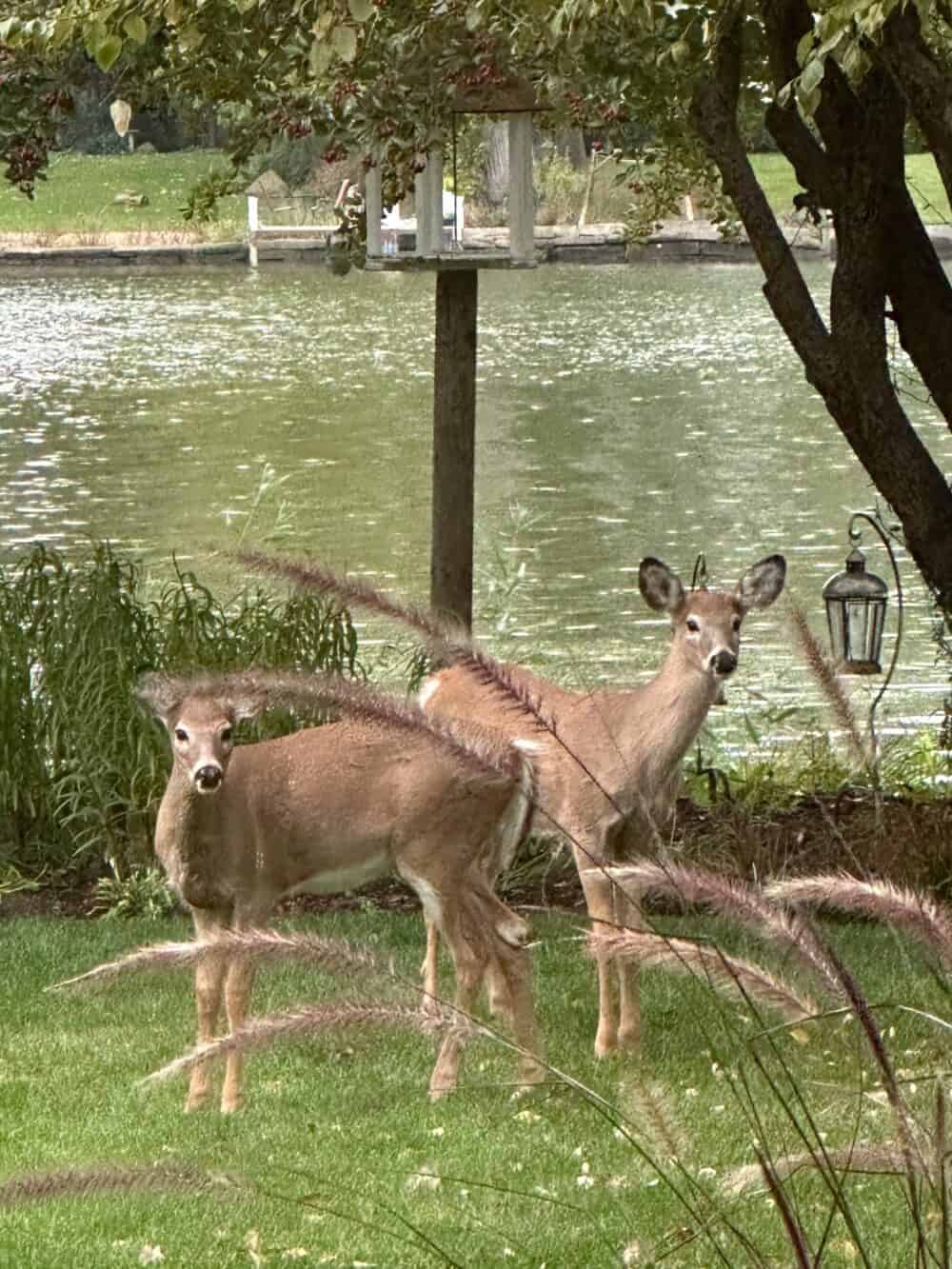
Outsmarting the Deer *
This year, I’m trying something new to help me combat my deer problem. In addition to my deterrent regiment, I’m also strategically planting differently. Here is what I have planned:
- Planting fragrant herbs (Sage, Lavender, Rosemary, Chives, Oregano, thyme)
- Plants that deer don’t like (bee balm, dusty miller, coneflowers, peonies, salvia, butterfly bush)
I’m going to place these plants all along the back perimeter of my gardens and also around the plants that the deer particularly like. I hope that this combined with my other deer deterents that I use (you can read about that HERE) I will keep the little Bambi’s out of my garden and my plants will be flowering like they are supposed to this year.

Planting and Care for Lasting Beauty
Best Planting Practices
I always choose a good time when planting my favorite perennial plants in Zone 5b. Early spring or late summer is usually the best time, as the weather is mild and the soil is warm enough to encourage root growth. I also make sure to plant them in well-draining soil rich in organic matter, which will help them establish quickly and grow strong.
Another important factor to consider is the spacing between plants. While most would tell you that you need to make sure to give them enough room to grow and spread out, I tend to place my plants closer together than suggested.
I do this for a couple of reasons. I like my gardens to look full and lush. Putting your plants closer together also helps to cut down on the weeds as your plants will block them out.
Seasonal Maintenance Tips
I care for my perennial plants properly throughout the growing season to ensure they maintain their beautiful blooms and attractive foliage. In early spring, I remove any dead or damaged foliage and apply a layer of compost or fertilizer to encourage healthy growth.
I water them regularly during the summer months, especially during dry spells. I also deadhead flowers as they fade to encourage new blooms and prevent the plant from going to seed. I cut back any leggy or overgrown stems in late summer to promote bushier growth and prepare the plant for winter.
As the growing season ends, I prepare my plants for the first frost by cutting back any dead foliage and covering them with mulch to protect the roots from freezing temperatures. I also note the last frost date in the spring to know when it’s safe to start planting new plants.
My favorite perennial plants are low-maintenance and require little care once established. By following these simple planting and care practices, I enjoy their lasting beauty year after year in my outdoor garden.
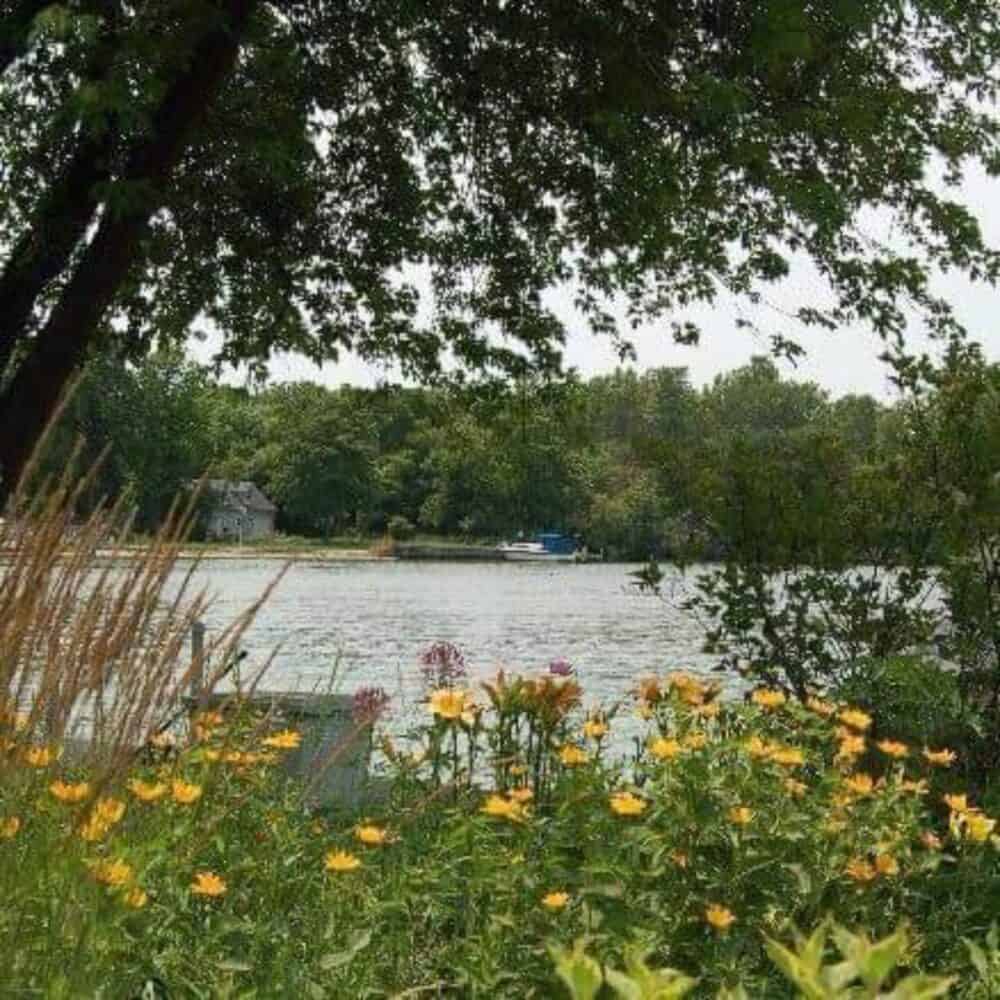
Designing with Perennials in Mind
Creating a Cohesive Flower Border
When designing a flower border, I like to start by selecting a color scheme. This helps create a cohesive look that ties everything together. I often choose a color palette of three to four colors, with one dominant color and a few accent colors. In my garden, the dominant color is pink, with the other colors being accent colors.
When planning where to plant my flowers, I also make sure that the colors are evenly dispersed around the bed. Another rule of thumb that I use is that I plant most flowers in groupings of three.
In addition to color, I also consider plant height and bloom time. I like to place taller plants towards the back of the border and shorter plants towards the front, creating depth and visual interest. I also make sure to choose plants with varying bloom times so that there is always something in bloom throughout the growing season.
Mixing plants with different foliage shapes and colors is a great way to add texture and interest to the border. These can include plants with variegated leaves or interesting leaf shapes, such as ferns or hostas*.
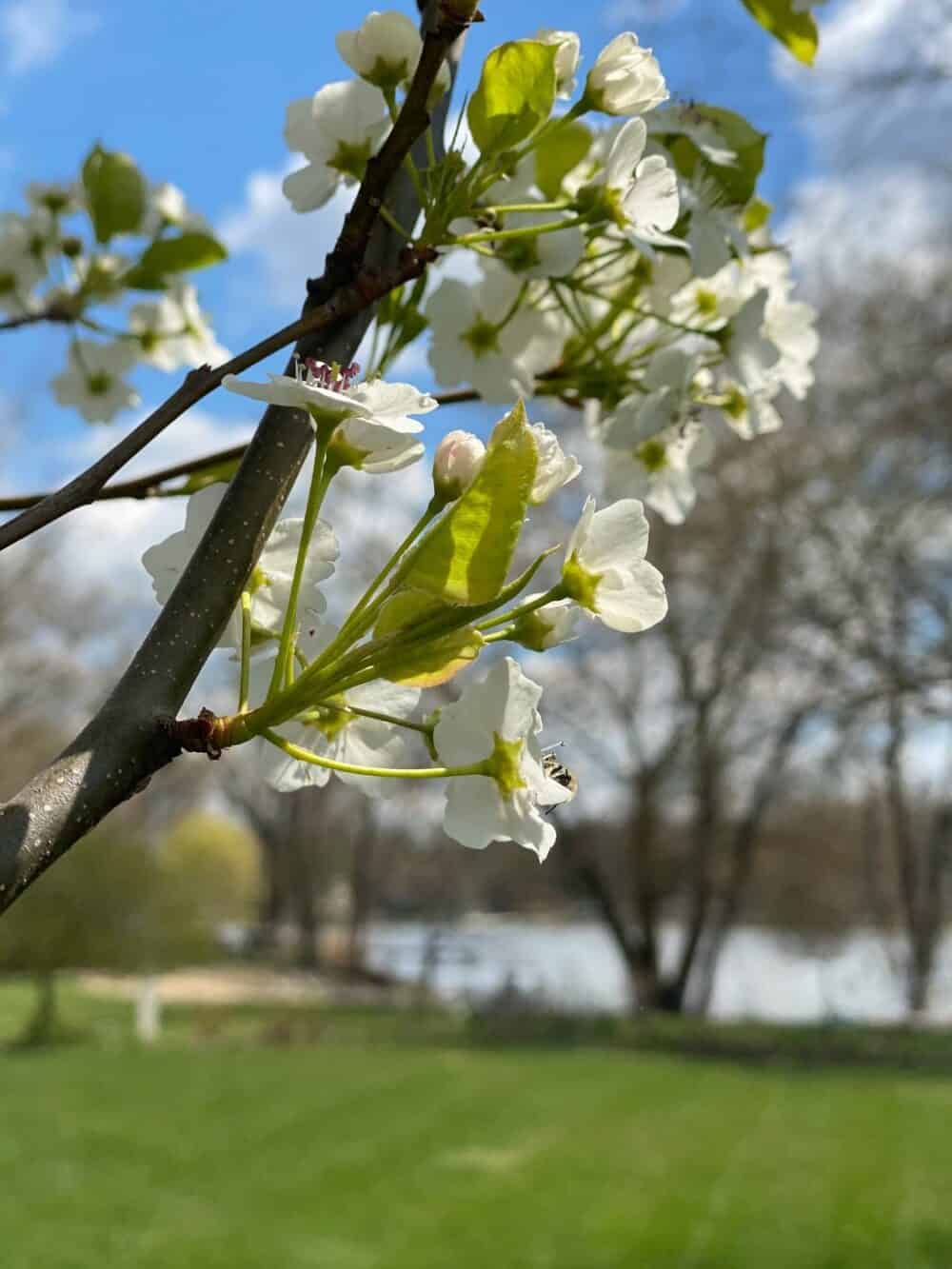
Anchoring Your Garden
I also have my perennial border anchored by some small trees and bushes. Here are my favorites
- Miss Kim Lilac Tree
- Ornamental Cherry
- Hydrangeas
- Boxwood
- Dappled Willow
- Burning Bush
- Bradford Pear
Incorporating Perennials in a Vegetable Garden
Perennials aren’t just for flower gardens—they can also be a great addition to a vegetable garden! One way to incorporate perennials is by planting them between vegetable rows. For example, I like to plant chives or garlic chives between rows of tomatoes. Not only do they add a pop of color and texture, but they also repel pests and attract beneficial insects.
Another way to incorporate perennials in a vegetable garden is by planting them in containers. This is a great option if you have limited outdoor space. I like to plant herbs such as thyme, oregano, and sage in containers and place them near my vegetable garden. This makes it easy to harvest fresh herbs while working in the garden.
Overall, designing with perennials in mind can add beauty and interest to any outdoor space. Whether creating a flower border or incorporating perennials in a vegetable garden, there are endless possibilities for creating a beautiful and functional garden.
Overcoming Challenges in Zone 5b
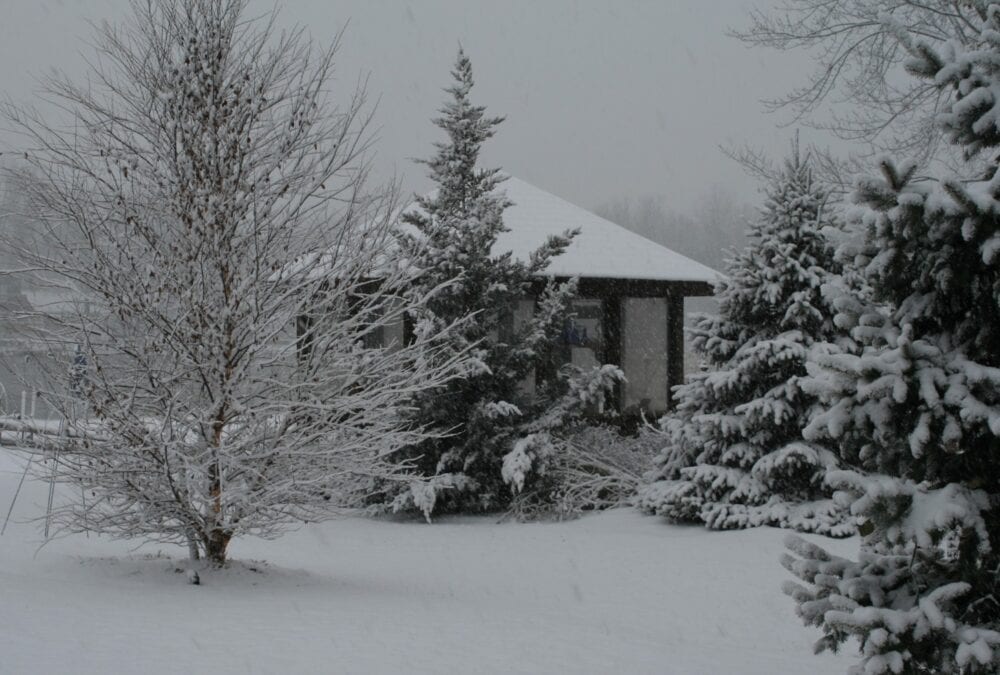
Dealing with Weather Extremes
Living in Zone 5b means dealing with some pretty extreme weather conditions. We experience cold winters with plenty of snow, and hot summers with high humidity. These conditions can make it difficult to grow certain plants, but with a little planning and preparation, creating a beautiful garden that thrives in this zone is possible.
One of the biggest challenges is the fluctuating temperatures. It’s not uncommon to have a warm day in the middle of winter, followed by a sudden drop in temperature. This can be tough on plants, especially those not native to the area. To combat this, I choose hardy perennials that can withstand various temperatures. These plants can bounce back after a sudden cold snap or heat wave, and they don’t require as much maintenance as more delicate varieties.
Choosing Resilient Plant Varieties
Another challenge in Zone 5b is poor soil quality. Many areas in this zone have heavy clay soil that doesn’t drain well, which can lead to root rot and other issues. To overcome this, I look for plants native to North America, as they are often better adapted to this region’s soil and weather conditions. I also choose drought-resistant plants, as we often experience drought in the summer months.
When selecting plants for my garden, I also consider other factors such as deer resistance and visual interest. I love plants with silvery foliage or bright green leaves, which add a pop of color. I also choose plants that come in a range of colors so that I can create a visually stunning display.
Overall, the key to overcoming the challenges of Zone 5b is to choose resilient plant varieties that can withstand the weather conditions and soil quality in this region.
By selecting the right plants and taking steps to prepare your garden for dry conditions or extreme temperatures, you can create a beautiful and thriving garden that is perfect for this zone. Many of these plants make excellent cut flowers, so you can enjoy them inside and outside your home.
When you live in Illinois (Zone 5b) part of the joy of gardening is the anticipation you have waiting for gardening season to begin. It’s also the pure joy of your beautiful flowers after a cold and sometimes snowy winter.
My seeds are doing so well in the house, and I’m just chomping at the bit to get outside. May 15th can’t come soon enough.
Peace and Love,

WELCOME
Meet Me
After years in corporate America, I’ve channeled my interior design degree and passionate creativity into transforming our 1,300 square foot house into a cozy, inviting haven that proves beautiful living doesn’t require massive square footage.
My slight OCD tendencies fuel my love for organizing while my “Handy” husband helps bring my vintage-inspired decorating visions to life in our empty nest, where we entertain, garden, and cook from scratch.
Join me as I share practical wisdom, genuine humor, and professional insights for making the most of every square inch—because I’ve discovered that living large isn’t about the size of your home but how you fill it with style, function, and heart.


Thanks for Following Along
If you enjoyed this post I hope you sign up to be a friend of Living Large in A Small House! Then you won’t miss any of the inspiration that is shared with you each week! You can also follow me on Instagram, Facebook, and YouTube. I share even more inspiration on Pinterest! You can listen to me chat on my Podcast.


A great way to save this article is to save it to your Pinterest boards. You can find the pin button in the top right corner of the photo below. Also, don’t forget to follow me on Pinterest
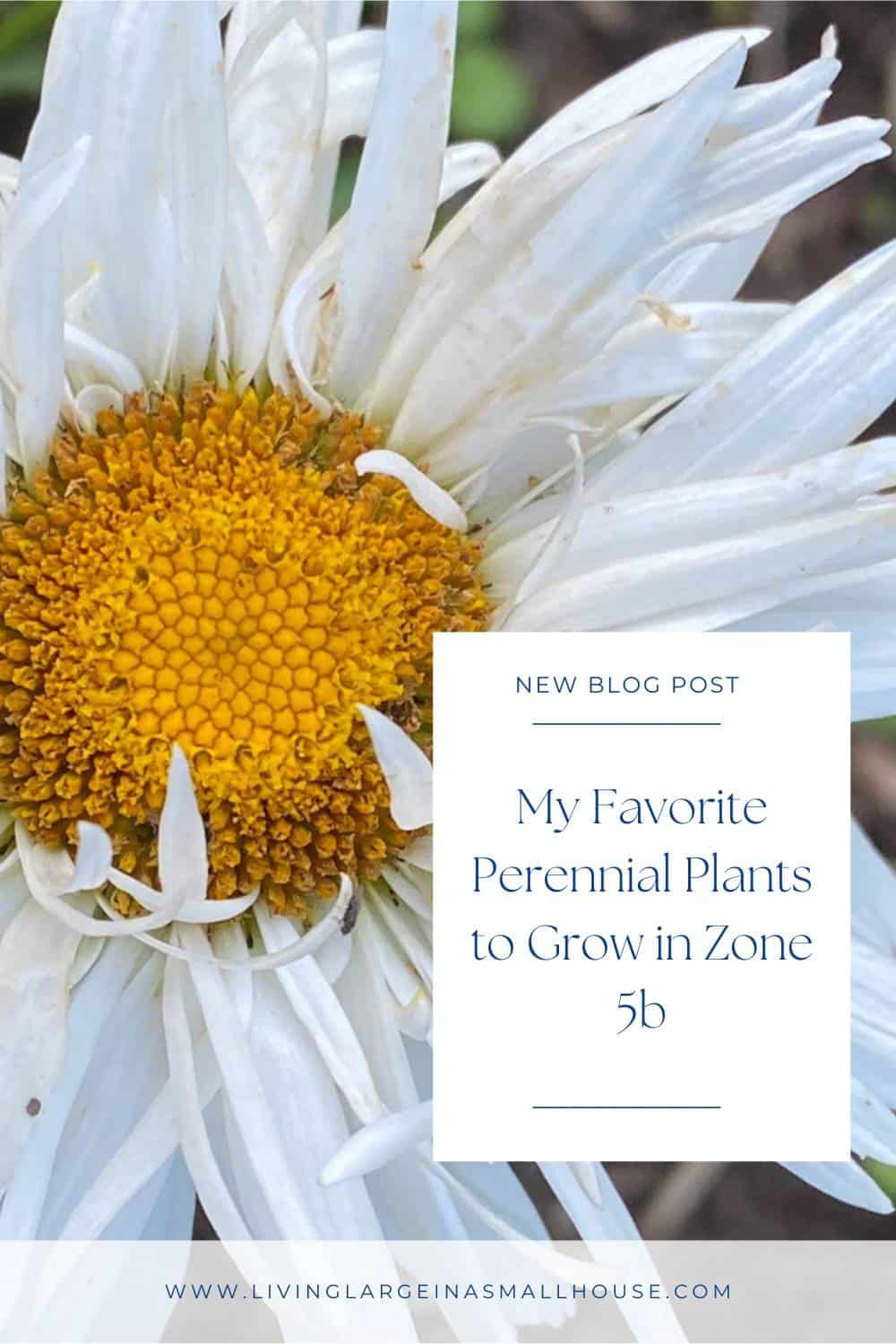

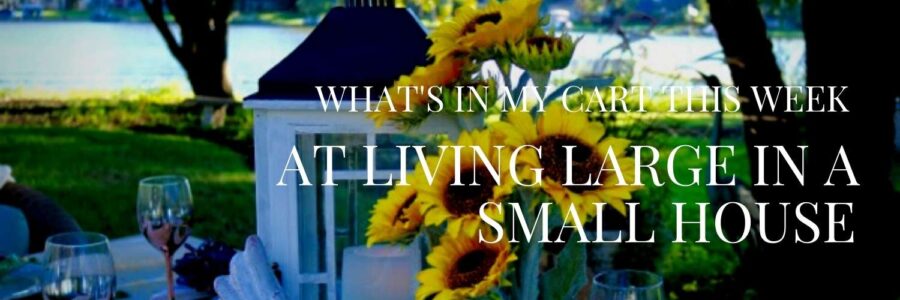

Featured






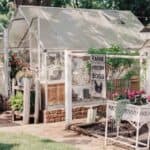

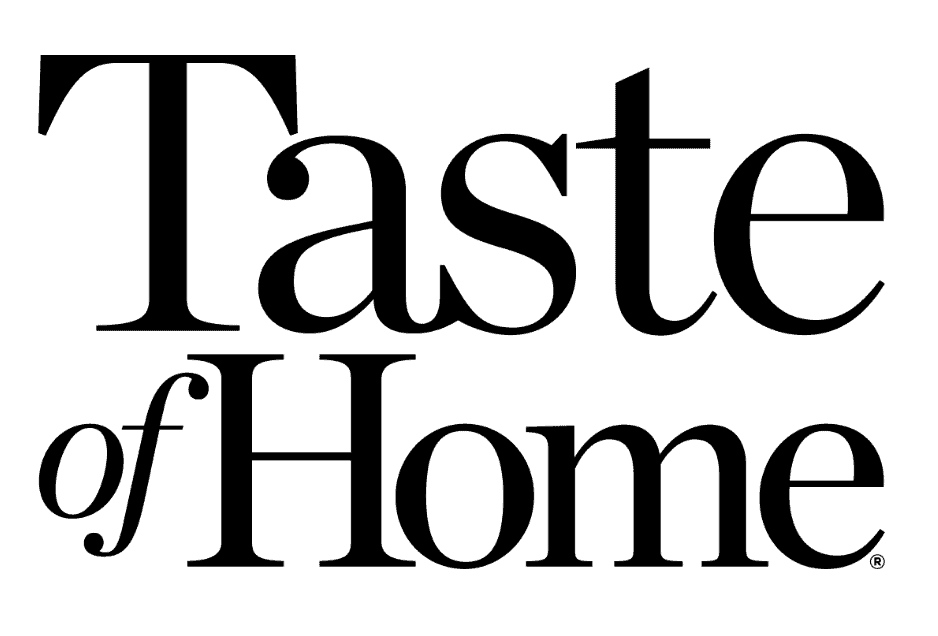











Your house and yard are lovely! And so many of your favorites are mine, also. I do have to comment on the Bradford Pear, however, as it is invasive and out-competes many plants that wildlife depend upon for food. Also, in a windstorm, the trunk is likely to snap, as the wood is rather brittle. (I saw this happen where I once lived!) For white blossoms in springtime, dogwood is hard to beat. If you want something “airier” looking, consider the native serviceberry. Lovely blossoms, tiny (not messy) berries for the birds, gorgeous fall color, and the leaves are small — so no raking! (Burning bush is also invasive; the Better Homes and Gardens website has a great list of native alternatives.)
Daylilies, peonies, iris, echinacea, hostas, “Susans” — all the wonderful old reliable perennials! They come back year after year, and make such great “pass-along” plants. It has been my experience that they can be dug up and transplanted just about any time, as long as they are kept moist and are given some support.
So hard, waiting to see them all once again!
Cheers, g
Hi Gloria – Great information. I have never had a problem with either of those tree/bushes. My pear might not be a Bradford because I just identified it by the blossom. Keith thinks it’s a Chanticleer. I do love to share my perennials. I find they do so much better when I divide them every once in a while.